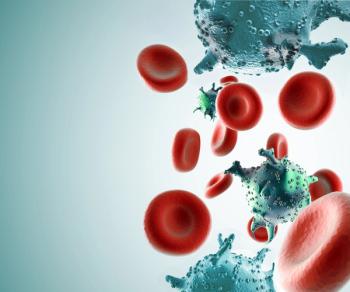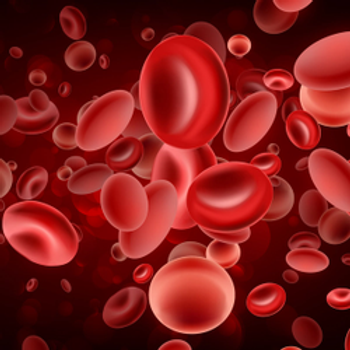
Oncology NEWS International
- Oncology NEWS International Vol 8 No 12
- Volume 8
- Issue 12
Challenges in Designing Chemoprevention Trials
BUFFALO, NY-The 1990s have seen a new focus on cancer prevention, particularly chemoprevention. Researchers must use results of basic, clinical, and translational chemoprevention studies to design more effective trials to further this field, Scott M. Lippman, MD, said at the New Horizons in Cancer Prevention Symposium, hosted by Roswell Park Cancer Institute.
BUFFALO, NYThe 1990s have seen a new focus on cancer prevention, particularly chemoprevention. Researchers must use results of basic, clinical, and translational chemoprevention studies to design more effective trials to further this field, Scott M. Lippman, MD, said at the New Horizons in Cancer Prevention Symposium, hosted by Roswell Park Cancer Institute.
For the first time in our history, we know that we can use a pill to decrease cancer risk, ie, tamoxifen [Nolvadex] to decrease breast cancer risk. As we focus on these exciting changes in cancer prevention, we need to look closely for targeted agents with decreased risks and increased benefits, said Dr. Lippman, chairman, Department of Clinical Cancer Prevention, M.D. Anderson Cancer Center.
Many drugs have epidemiologic data supporting their ability to decrease cancer risk. However, epidemiologic evidence cannot substitute for large-scale clinical trials, he said. For the best results, clinical trials of chemopreventive agents should be based on strong evidence of potential efficacy and molecular observations.
Chemoprevention is the pharmacologic prevention of invasive cancer. However, at this time, many chemopreventive agents, such as tamoxifen, also present risks to the people who want to use them. Trials of such agents generally target high-risk patients who can use and benefit from chemoprevention and may accept greater side effects, Dr. Lippman said.
One important new chemoprevention trial is the Study of Tamoxifen and Raloxifene (STAR), which is currently accruing patients. This study is the first definitive randomized trial to compare a new cancer chemopreventive agent (raloxifene, Evista) directly with standard chemopreventive therapy (tamoxifen).
In addition to testing raloxifenes potential benefit in decreasing risk of breast cancer, this trial is designed to address one of the important secondary observations that came from the first randomized trial of tamoxifen as primary chemoprevention, ie, an increased risk of endometrial cancer.
We must analyze all the data that we receive from current trials. These trials take too long not to use all of the data that come from them, Dr. Lippman said.
He noted that many investigators believe that phase III trials now have better levels of rationale. Future phase III clinical and translational trials will continue to provide valuable data on drug mechanisms and biomarkers. However, he added, chemoprevention trials must also focus on the interplay of age, diet, and other behaviors.
Articles in this issue
about 26 years ago
SWOG to Study Docetaxel/Estramustine in Advanced Prostate Cancerabout 26 years ago
US Smoking Rates No Longer Falling, Due to More Young Smokersabout 26 years ago
Americans Favor Higher Cigarette Tax to Balance the Budgetabout 26 years ago
Saint Vincents Hospital Opens Comprehensive Cancer Centerabout 26 years ago
New Breast Biopsy Techniques Allow ‘One-Stop’ Proceduresabout 26 years ago
Director of NCI Mentioned as a Candidate to Head NIHabout 26 years ago
Black Women Underrepresented in Breast Cancer Trialsabout 26 years ago
UnitedHealthcare Plan Gives Physicians Final Say on Careabout 26 years ago
New Agents, Sequential Schedules Hold Promiseabout 26 years ago
Half-Day Workshop Can Improve Cancer Team’s Communication SkillsNewsletter
Stay up to date on recent advances in the multidisciplinary approach to cancer.

















































































